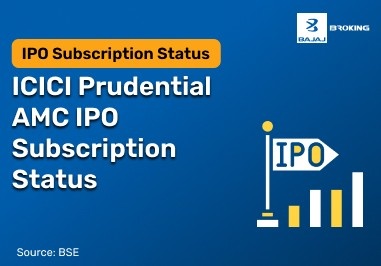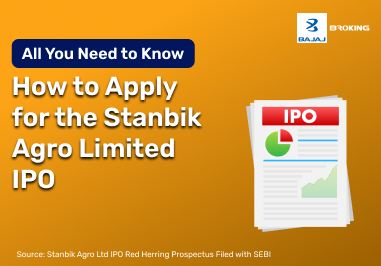Options trading strategies are simply strategies that traders streamline when they combine call and put options special contracts with specific terms—to achieve certain objectives.
Options trading strategies assist traders to manage risk and potential profits regardless of whether market prices go up, head down, or stay the same.
You can use different configurations of setups to protect your money, earn some income, or speculate on a large movement on the way. We will look at each setup, indicating the main strategies involved, step by step, with simple comparisons and explanations without convoluted jargon.
Bullish Option Trading Strategies
Bull Call Spread
This strategy involves buying one call option at a lower strike price and selling another at a higher strike, both with the same expiry.
It limits how much profit you can earn and how much you can lose—ideal when you expect a gentle rise in price.
Bull Put Spread
You sell a put option at a higher strike price and buy another at a lower strike price, with the same expiry.
This gives you income from the premium if the stock price stays steady or rises a bit. Losses are also limited.
Bull Call Ratio Backspread
A more aggressive plan: you sell a small number of lower-strike calls and buy more higher-strike calls. If the price climbs a lot, you could make a good profit—but it’s risky if prices don’t move as expected.
Synthetic Call
Here, you own the actual stock and also buy a put option at or near the money.This is similar to holding a call option: upside with stock price increases and protection if the stock price falls with the put option. It's ideal for bullish investors who want long-term upside, and some sort of downside protection.
Bearish Option Trading Strategies
Bear Call Spread
You sell a call at a lower strike and buy a call at a higher strike. If the stock price stays flat or falls, you collect premium income. However, your loss is capped if the price shoots up.
Bear Put Spread
Buy a put option at a higher strike price and sell another put at a lower strike price. This strategy benefits if the stock price falls, but also limits how much you lose, thanks to the premium difference.
Synthetic Put
You short the stock—betting its price will fall—and also buy a call for protection in case the price jumps. This mimics owning a put, giving you downside exposure while limiting risk on the upside.
Neutral Option Trading Strategies
Long Straddle
You purchase a call option and a put option at the same time, cost, and expiry. If the price makes a large move in either direction, you make a profit. If the price remains flat, you lose the premiums you paid.
Long Strangle
You buy an out-of-the-money call and an out-of-the-money put, each with the same expiry but different strike prices. It costs less than a straddle
Additional Read: What is Long Strangle
Short Straddle / Short Strangle
You sell a call and a put option at the same strike (straddle) or different strikes (strangle). You collect premiums if the stock stays quiet, but it can be risky if the price moves sharply—losses can be unlimited.
Intraday Option Trading Strategies
Momentum Strategy
You trade options on stocks that are moving quickly up or down during the day. If a stock is rising fast, you buy a call; if it’s falling, you buy a put. You aim to close trades before the market ends for quick gains.
Breakout Strategy
You look for a stock breaking past a key support or resistance level and trade expecting the price to continue in that direction. You use calls or puts depending on whether the breakout is upward or downward.
Reversal Strategy
You trade against the existing trend, expecting a price bounce or reversal. You buy a call when a price is dropping or a put when it’s rising. This strategy is tricky and often requires precise timing and indicators.
Scalping Strategy
You make many fast trades throughout the day based on small price movements. You use options to capture quick profits. This requires very fast decision-making and low fees, as costs can erode gains.
Moving Average Crossover
You watch two moving average lines—when the short-term average crosses above the long-term average, you buy a call, and vice versa for puts. It offers clear trend signals for options trading.
Gap-and-Go Strategy
If a stock opens significantly higher or lower than its previous close, traders expect the move to continue. You trade options early in the day, betting the gap will carry on before the market normalises.
Key Benefits of These Option Strategies
Defined risk and reward: Many options strategies let you calculate maximum profit and loss in advance, offering clarity before entering a trade.
Tailored to market view: You can design trades based on whether you expect the market to rise, fall, or remain stable, aligning strategies with your outlook.
Extra control: Options provide flexibility to decide how aggressive or conservative you want to be, helping balance potential returns with acceptable risk.
Risks and Important Considerations
Some strategies, like short straddles, can lead to unlimited losses if markets move sharply.
Premium costs may accumulate, especially when buying options that lose value with time decay.
Continuous monitoring of open positions and keeping track of expiry dates is essential to manage risks effectively.
Complex multi-leg strategies require prior experience, strong analytical skills, and disciplined execution.
Without proper risk control, advanced setups can result in costly errors and significant financial losses.
Final Thoughts
Option trading strategies let you trade smartly in up, down, or flat markets. Whether you want income, protection, or to speculate, there’s a combination that fits your view. Each strategy has a clear structure, helping you manage expectations.
Start simple, learn each setup’s goal and risk, and practice. Show discipline, study market conditions, and match your strategy to your outlook. With time, these strategies become powerful tools in your investing toolkit.
Additional Read:- Best Indicator for Option Trading














